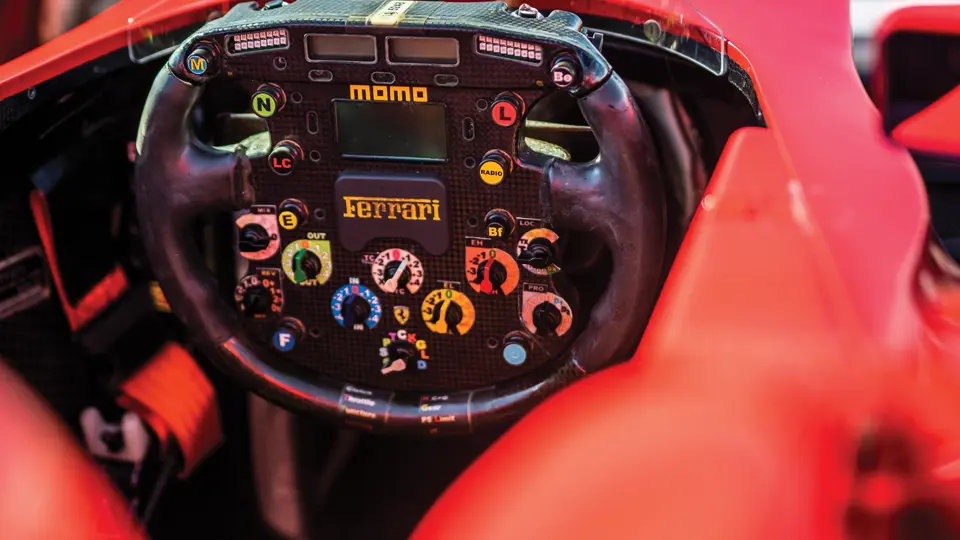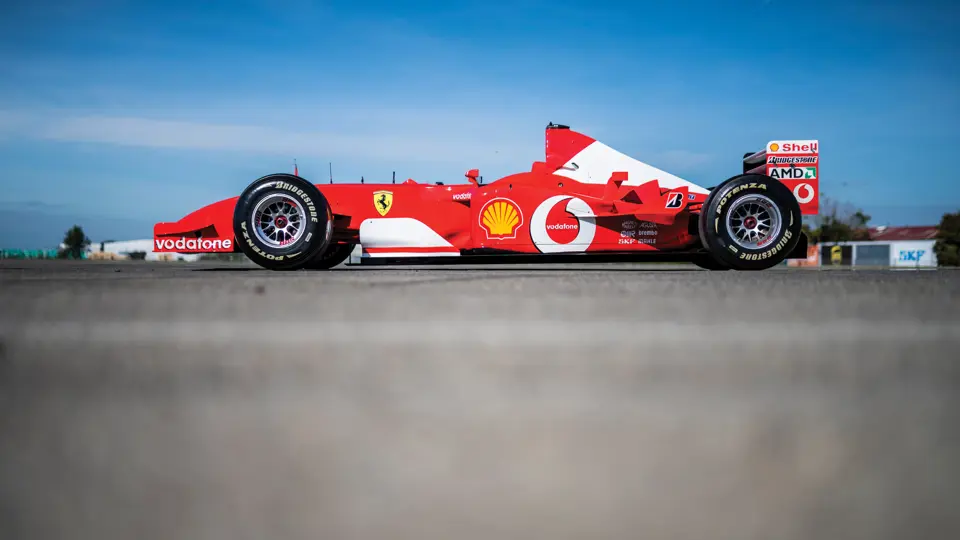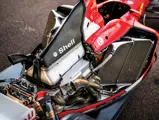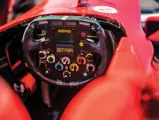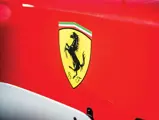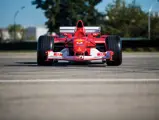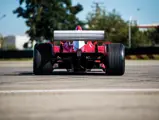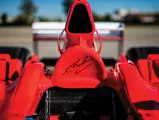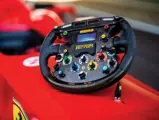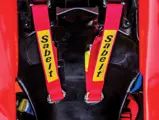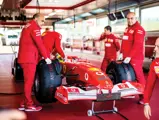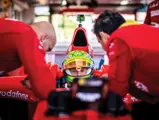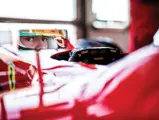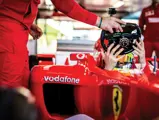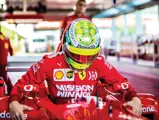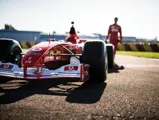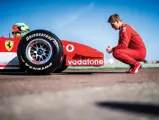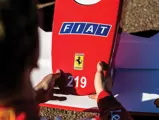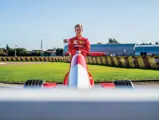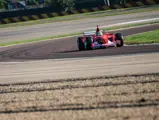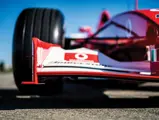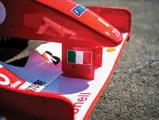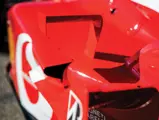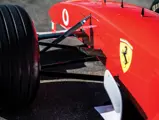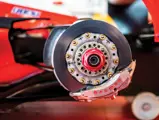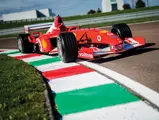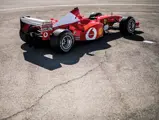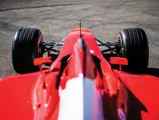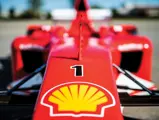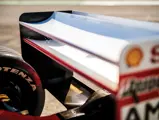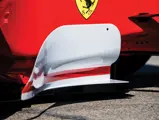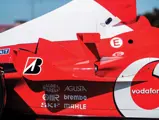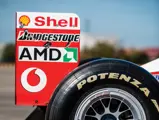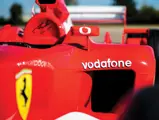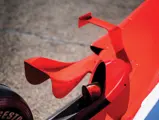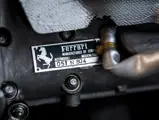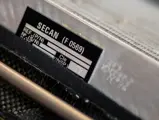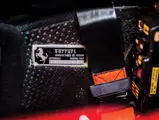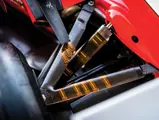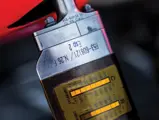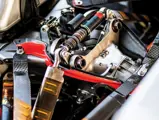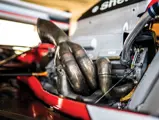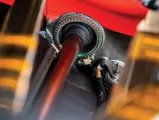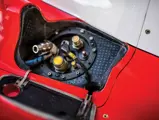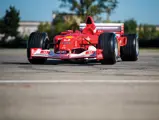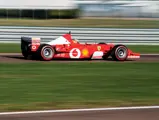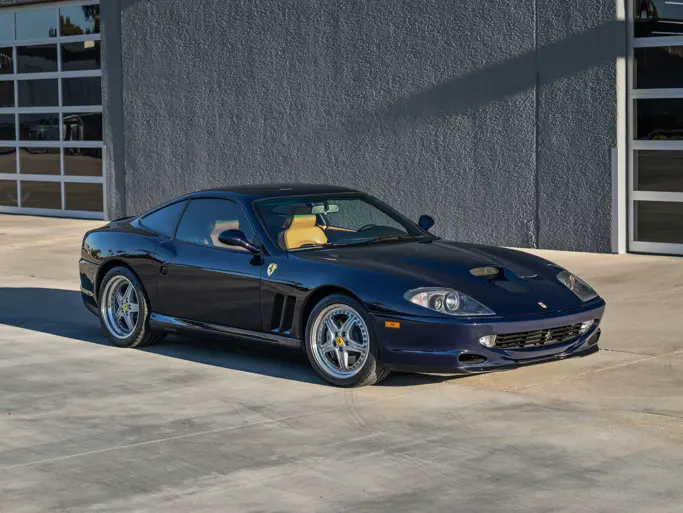
2002 Ferrari F2002
{{lr.item.text}}
$6,643,750 USD | Sold
Portion of the proceeds to benefit the Keep Fighting Foundation
{{bidding.lot.reserveStatusFormatted}}
- Driven to victory at the San Marino, Austrian, and French Grand Prix by Michael Schumacher
- Helped to secure Schumacher’s fifth World Championship at the 2002 French Grand Prix
- Pole-sitting car at Spanish Grand Prix, driven by Schumacher
- Ferrari Classiche Certified and race prepared for Ferrari Corse Clienti events
- To be delivered to the new owner at Fiorano following an engine and transmission rebuild at the consignor’s cost
- One of the most successful Formula One designs of all time, taking 15 wins, 11 pole positions, and 15 fastest laps from 19 races
FERRARI’S RETURN TO F1 DOMINANCE
As Formula One’s most revered team, it was ironic that by the mid-1990s Scuderia Ferrari had assumed the role of perennial underachievers. Without a World Drivers’ Championship since 1979, and with their 1983 Constructors’ title but a distant memory, the tifosi—and the notoriously demanding Italian press—were getting restless.
For 1996, double World Champion Michael Schumacher was lured away from the Benetton team with which he had won back-to-back titles in 1994 and 1995, his passage somewhat eased by a two-year $60 million contract—not to mention the recent arrival at Ferrari of highly rated team principal Jean Todt and a seemingly limitless budget courtesy of long-time team sponsor Philip Morris. Unsurprisingly, the impact of the Kerpen wunderkind was immediate: a 3rd place in his second race with the team, a race win in his seventh, and a promising 3rd place in the 1996 Drivers’ World Championship.
With former Benetton luminaries Rory Byrne and Ross Brawn joining Ferrari in 1997—as chief designer and technical director, respectively—the ‘Dream Team’ was falling into place. Although the 1997 and 1999 seasons would prove frustrating—through championship disqualification and injury—the combination of the German maestro, Marlboro money, technical superiority, and, at last, a squad with a sense of purpose and direction meant that fortunes at Maranello were inexorably on the up.
In 2000 Ferrari enjoyed its finest season in a generation, with Schumacher taking his long-awaited first Drivers’ crown at the Scuderia, the team also securing the Constructors’ title. This was repeated in 2001, albeit in even more convincing fashion, with Schumacher scoring almost double the points of championship runner-up David Coulthard. Somewhat ominously for the opposition, it appeared that the Schumacher-Todt-Byrne-Brawn tour de force had truly come of age.
At the start of the 2002 season, Ferrari chose to persist with an updated version of the all-conquering F2001 model from the year before, only introducing the new F2002 from the third round of the championship in Brazil onwards. Although outwardly similar to the F2001, the F2002 was in fact a very different animal underneath: a new lightweight chassis, new ‘051’specification 3.0-litre V-10 engine, and revolutionary fused titanium gearbox were combined with optimised aerodynamics, cooling, and weight distribution.
CHASSIS NO. 219
This particular chassis, 219, first turned a wheel in anger at the official Formula One test held at the Circuit de Barcelona–Catalunya in March. Driven by Rubens Barrichello, the car covered some 265 laps over the four days, concentrating primarily on fine-tuning race setups and evaluating a variety of new Bridgestone tyre compounds. After a brief shakedown at Fiorano by test driver Luca Badoer, chassis 219 was sent to Imola for the San Marino Grand Prix in mid-April. Having qualified in 2nd place with Barrichello at the wheel—Schumacher having taken pole in chassis 220—the Scuderia effected a swap for the race, in which Schumacher took chassis 219 to an untroubled 18-second victory over his popular Brazilian teammate, with the Williams-BMW of his brother Ralf a further two seconds behind in 3rd place.
At the end of the month, focus shifted to the Spanish Grand Prix at Barcelona, where Schumacher was due to drive 219. In qualifying, Michael finished a comfortable three-tenths quicker than Barrichello to secure pole, although perhaps more telling was the fact that he was almost a second a lap quicker than the first non-Ferrari—his brother’s Williams—in 3rd place. After using the spare car for the race, Schumacher still managed to cross the line 35 seconds ahead of Montoya’s 2nd-placed Williams and gave the rest of the paddock serious cause for concern. After all, if that was the performance of the unfamiliar spare car, what would the likely margin of victory have been in his preferred 219?
The Austrian Grand Prix at the beginning of May once again saw Schumacher nominated to drive 219. Barrichello qualified on pole ahead of Ralf Schumacher; Michael qualified 3rd, and he proceeded to pull away from rest of the field from the start. Having dominated the race throughout, the controversial Ferrari policy of favouring their number one driver was implemented on the final lap, with Barrichello instructed to allow Michael past. With this, Schumacher had taken another significant step towards his championship hat trick with Ferrari—his fifth in total—whilst the F2002 continued its remarkable run of success: four races, four wins.
At Monaco, Schumacher used chassis 221 to qualify 3rd behind pole sitter Montoya and Coulthard’s McLaren, although he reverted to using 219 for the race. A predictably tough race ensued—as is customary from anywhere other than pole position in the principality—and Coulthard drove an inspired race for McLaren to take the win, just over one second in front of Michael.
The next race outing for 219 would be the French Grand Prix at Magny-Cours, where victory would secure Schumacher his fifth world title and a place amongst the sport’s greats. After a fraught race—which included a drive-through penalty and a controversial move on Kimi Raikkonen’s McLaren in the latter stages—Michael crossed the line to take the title with six rounds of the championship still remaining.
Thereafter, 219’s final two race outings would be with Barrichello at the wheel, Schumacher opting to race chassis 221 and 223 for the remainder of the season. At the German Grand Prix at Hockenheim, at the end of July, Barrichello took a hard-fought 4th place, whilst Schumacher secured yet another victory—his first in a Ferrari in front of his adoring home fans. Meanwhile, at Spa, Barrichello reaffirmed the F2002’s undoubted position as the class of the field with another 2nd place behind Schumacher, the 3rd-placed Williams of Montoya being some sixteen seconds further back at the flag.
By the end of the 2002 season, the F2002 had been responsible for, at that point, the most dominant World Championship performance ever seen. Schumacher had taken 11 wins (of which all but one were in the F2002, and three in chassis 219), and his margin of victory of 67 points over Barrichello was a record under the old points-scoring system, which would be replaced for 2003. Perhaps most tellingly of all, Ferrari’s Constructors’ Championship haul of 221 points for the year precisely equalled the combined tally of all ten remaining teams.
After its retirement from competition, chassis 219 was sold by the Scuderia to a Japanese collector, who also purchased chassis 220. Chassis 219 was purchased in 2012 with proceeds going to charity and has been residing in the collection of the consignor ever since.
Importantly, following the auction, both the engine and transmission of the F2002 will be completely rebuilt by Ferrari, and this cost will be covered by the consignor. The car will be delivered and formally handed over to the winning bidder at Fiorano. Ideal for use in Corse Clienti and other demonstration events, this represents a rare opportunity to purchase one of the ultimate ‘Schumacher-era’ Ferraris—as well as one of the most iconic and successful Formula One designs of all.
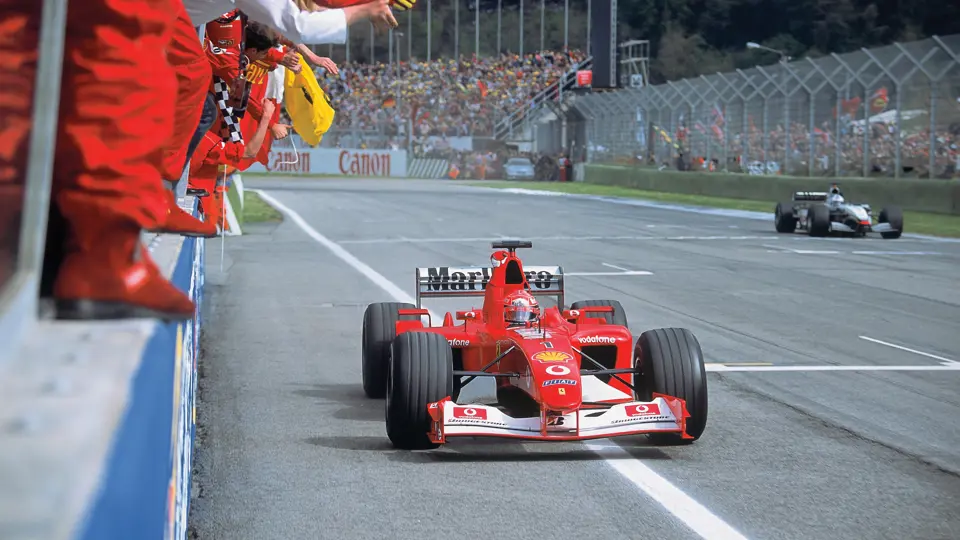

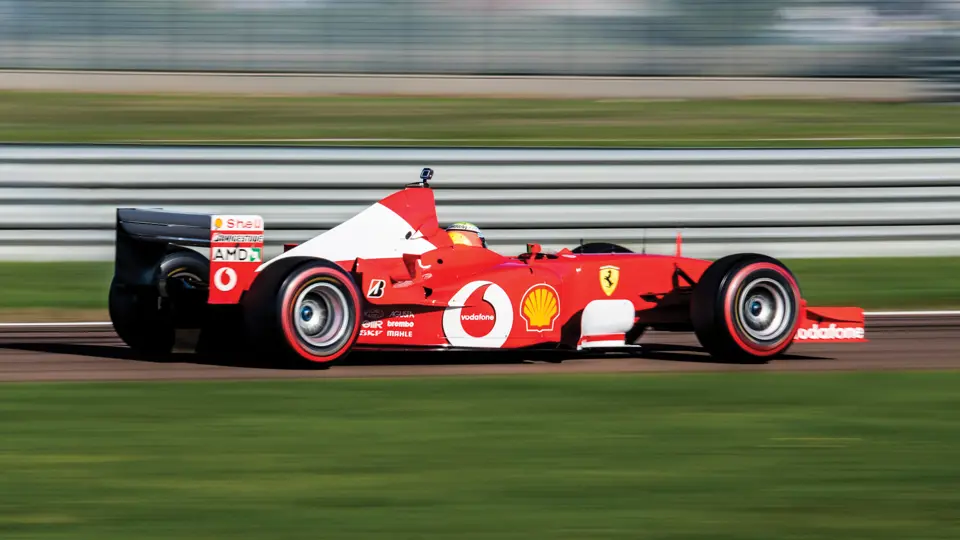

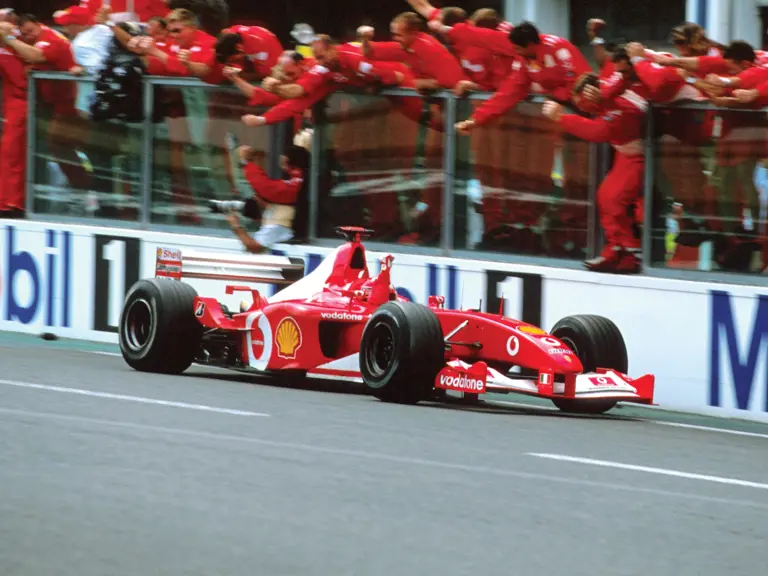
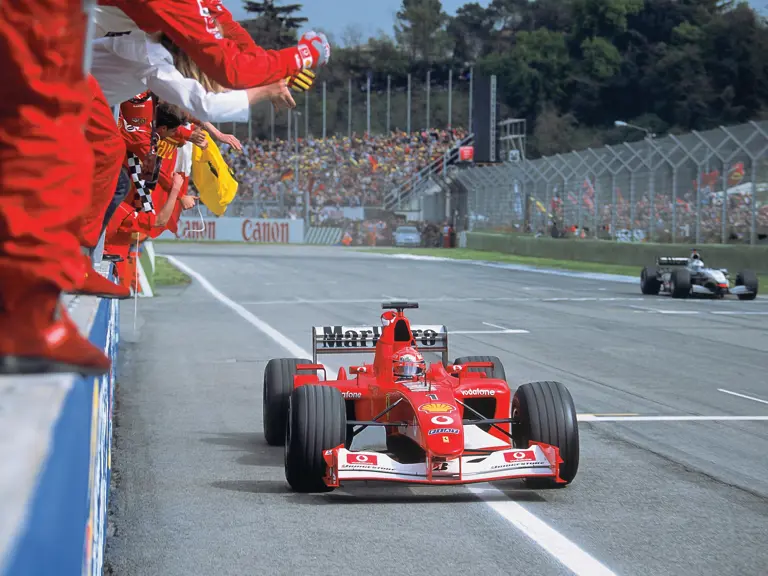
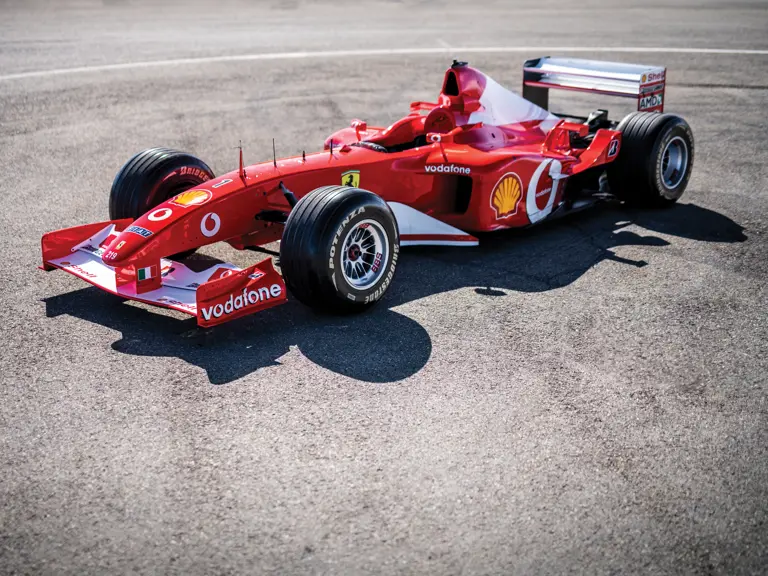

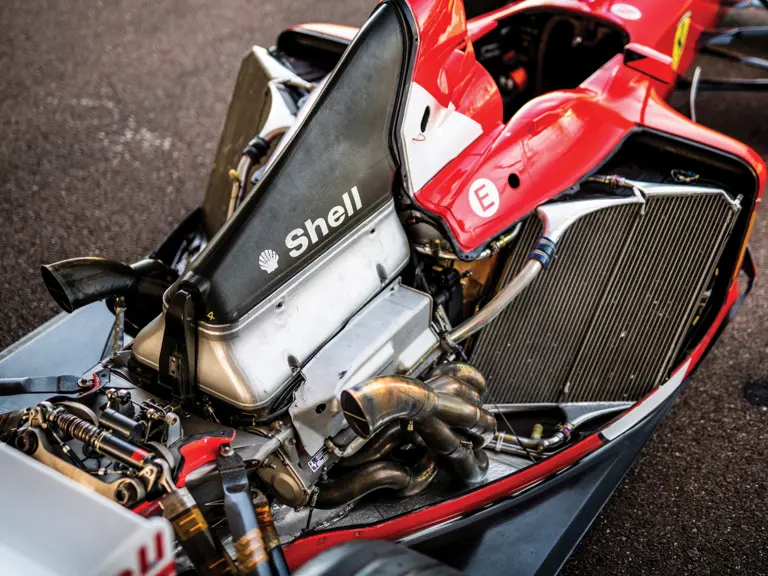
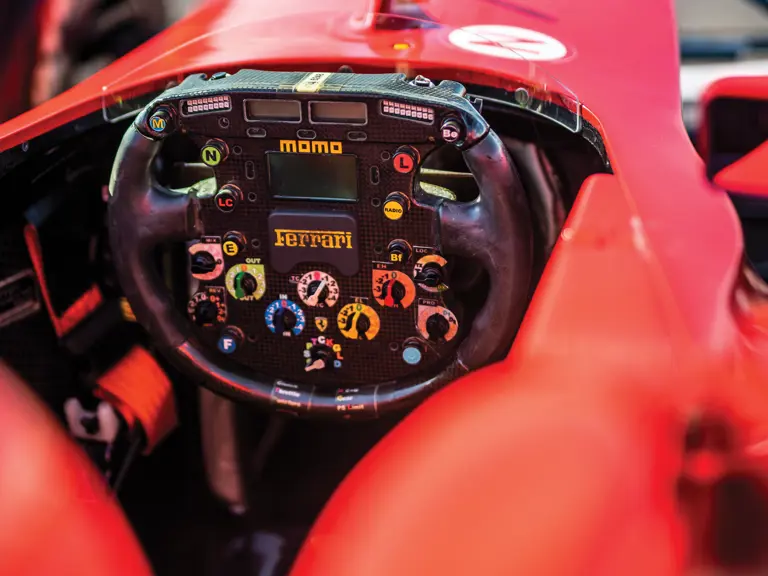

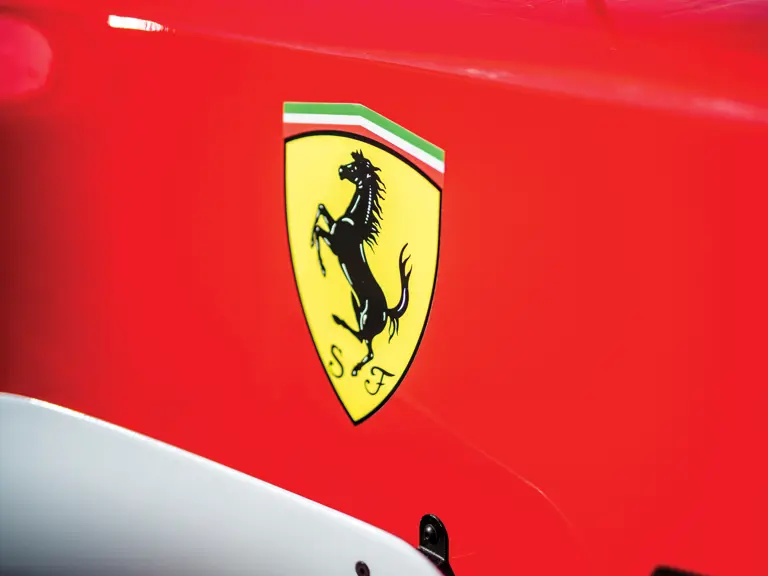

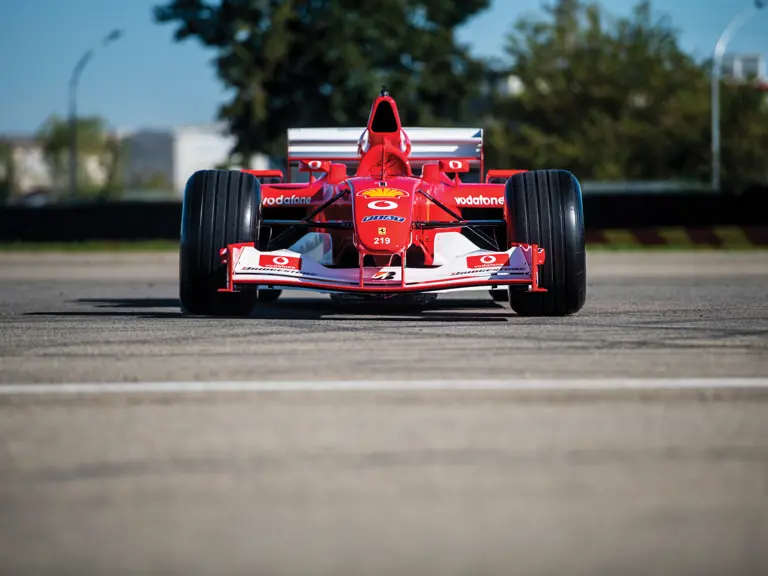
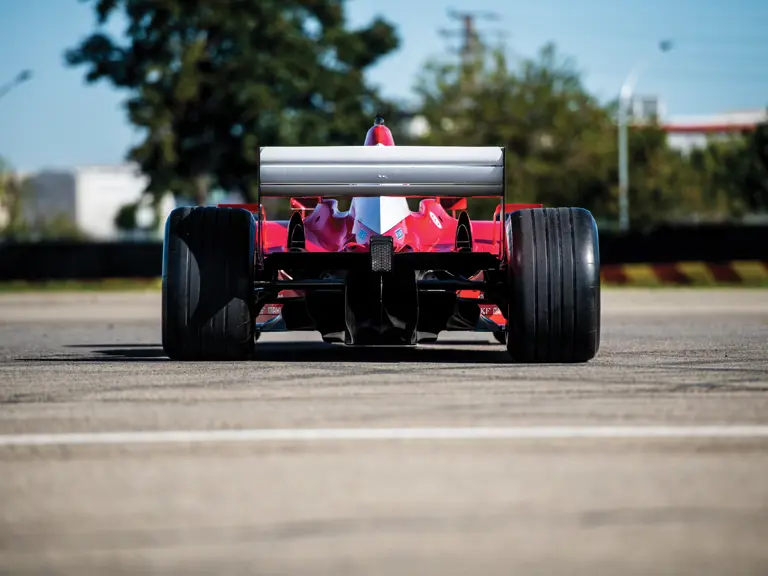

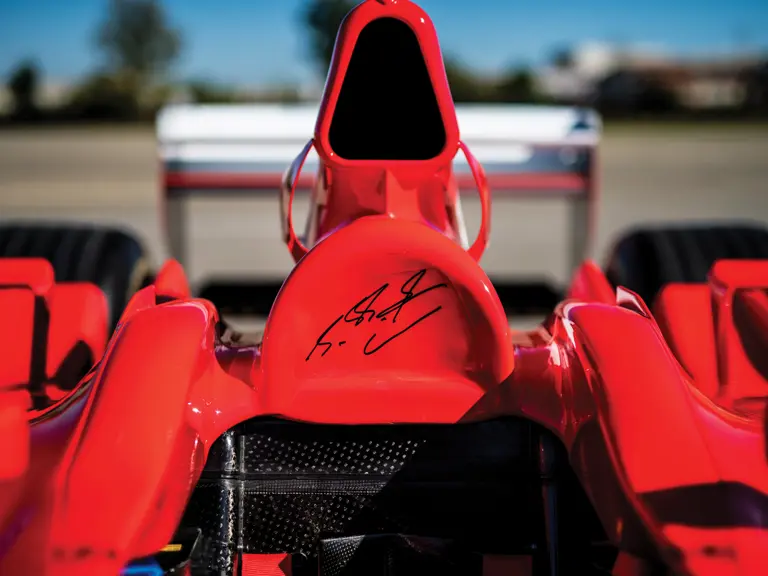
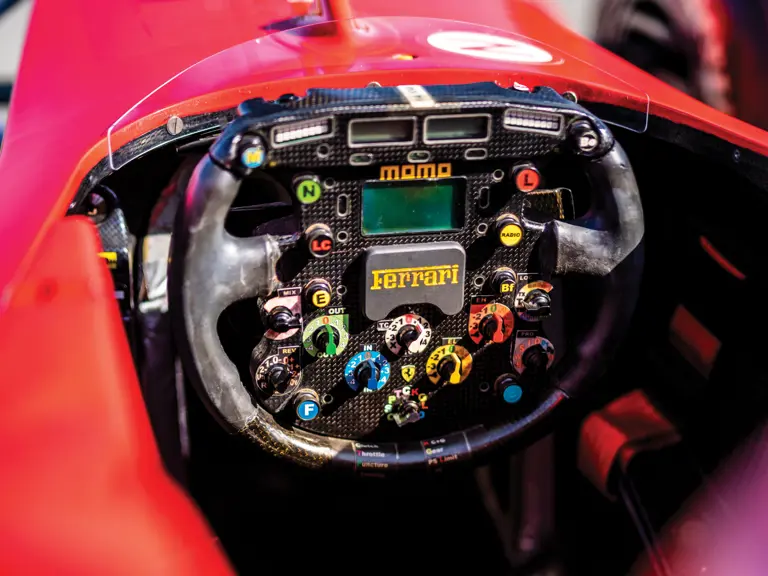
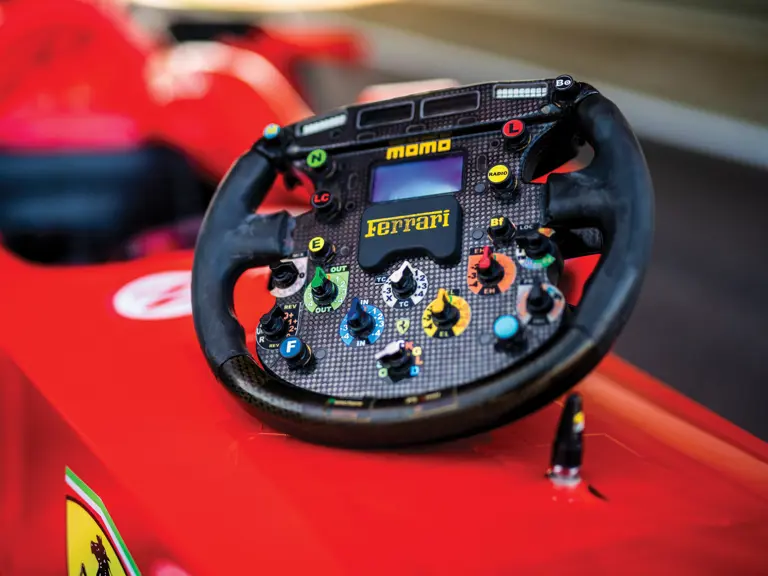
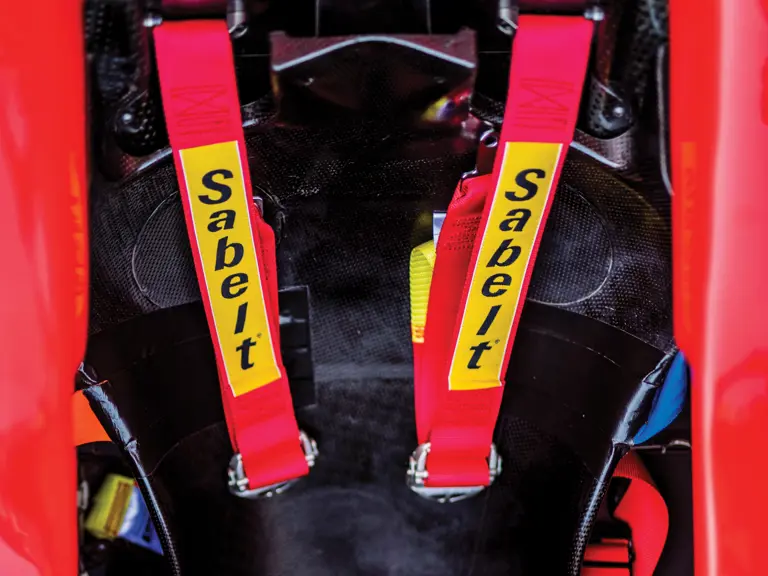
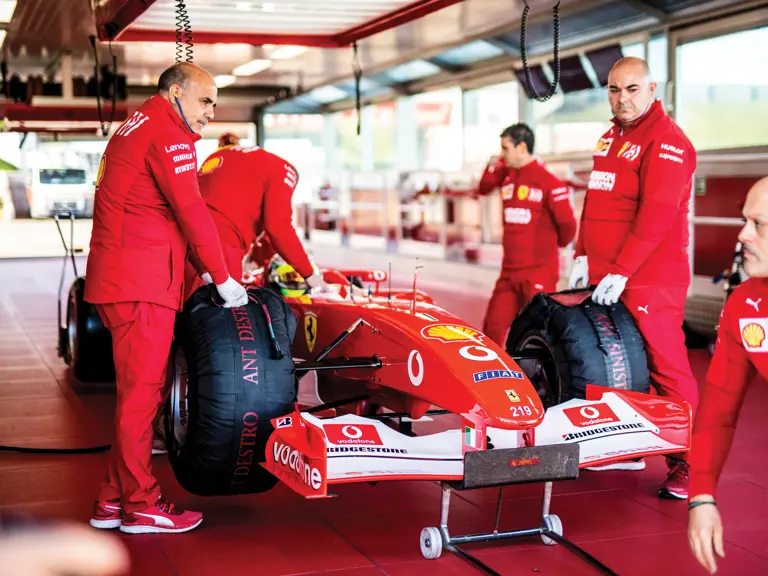
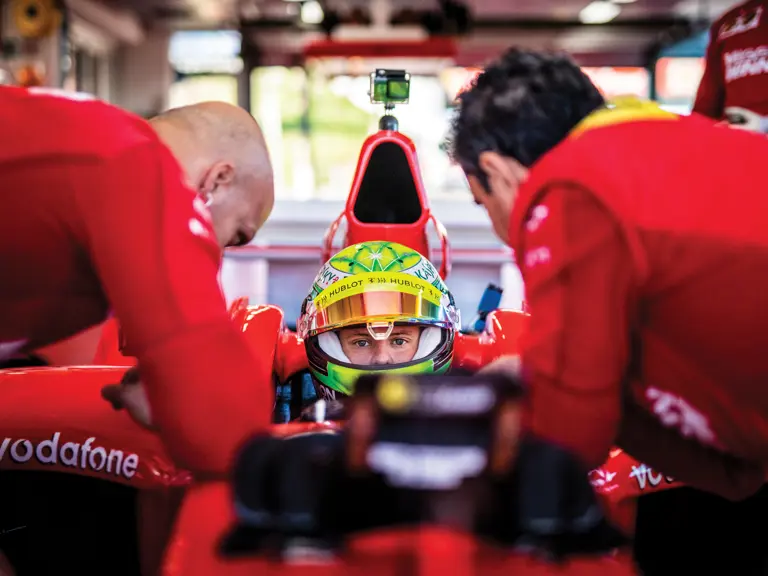
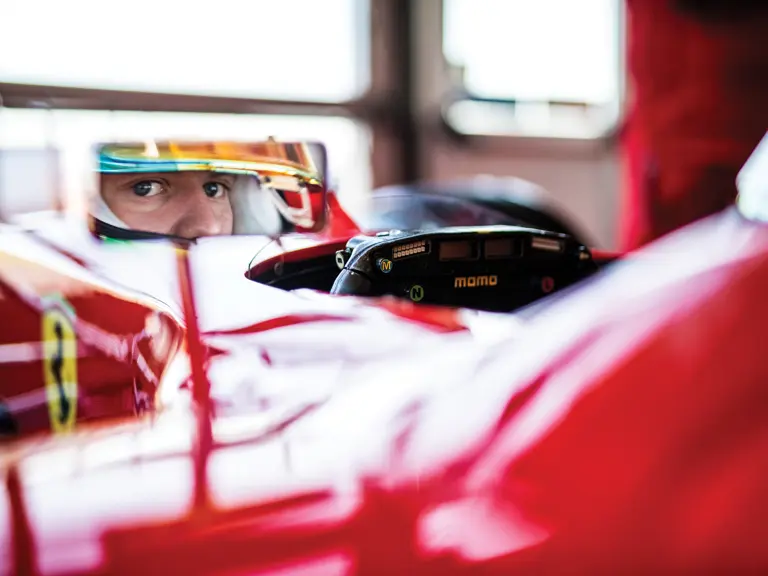
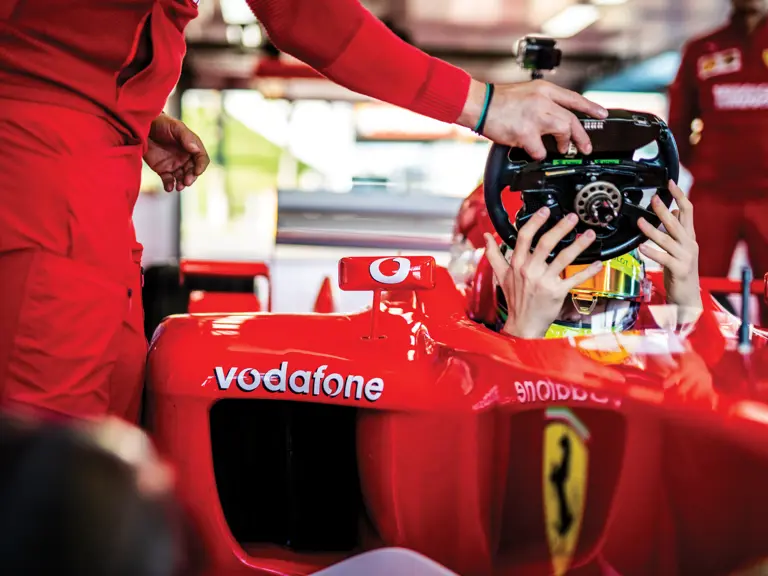
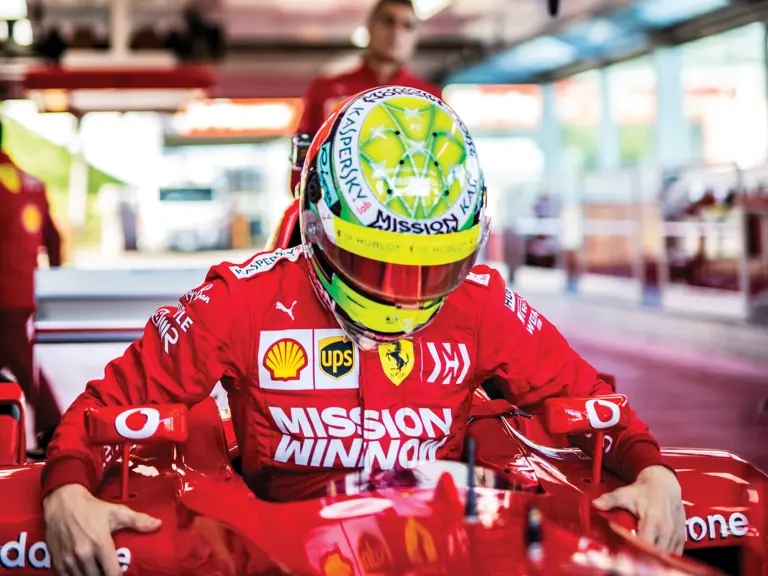
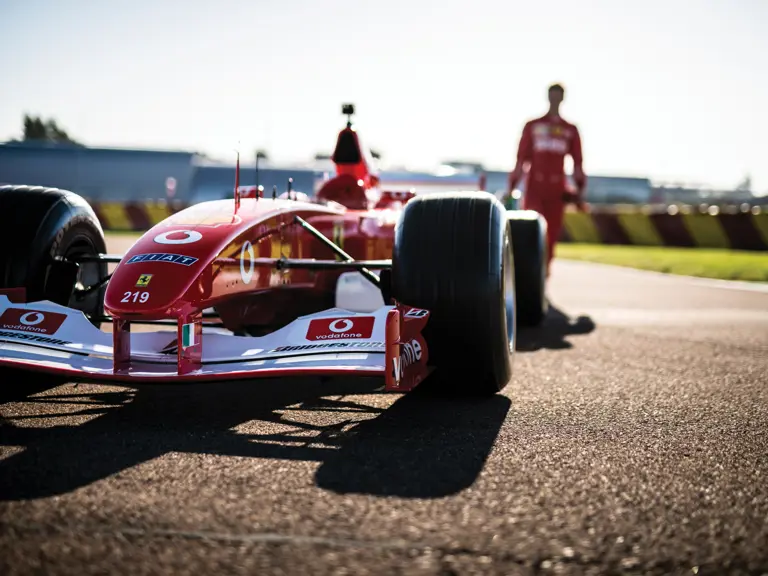
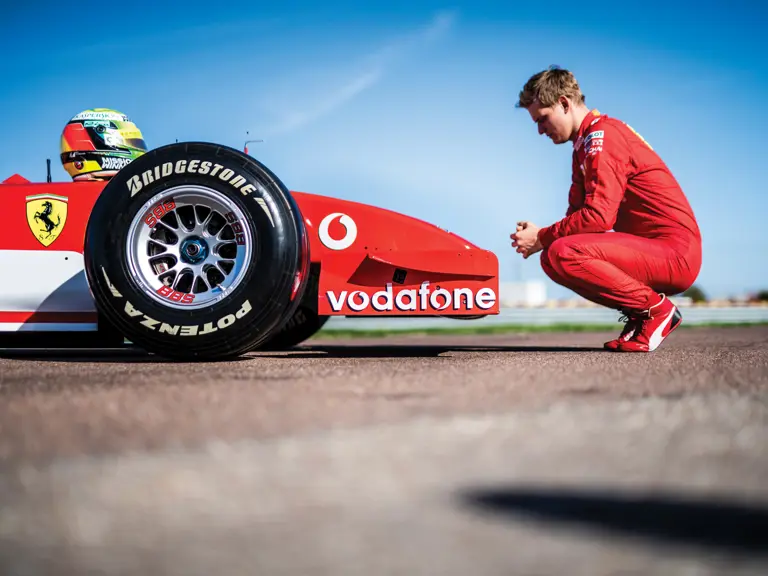
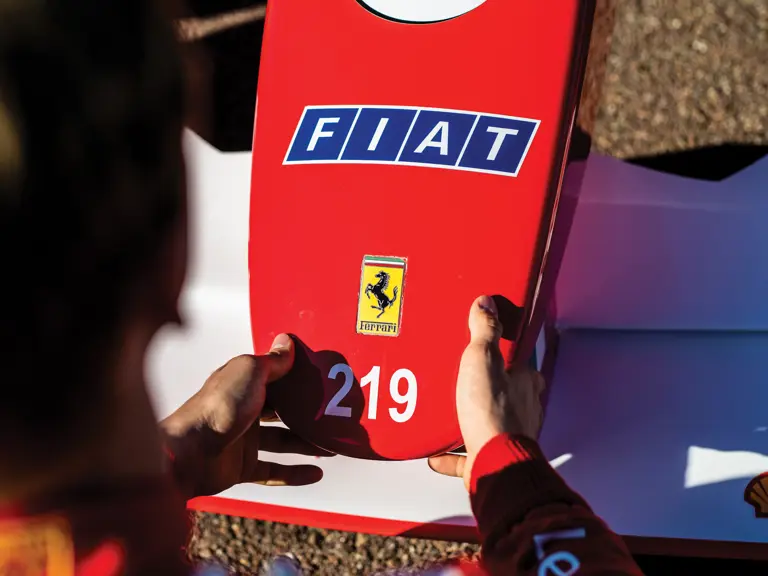


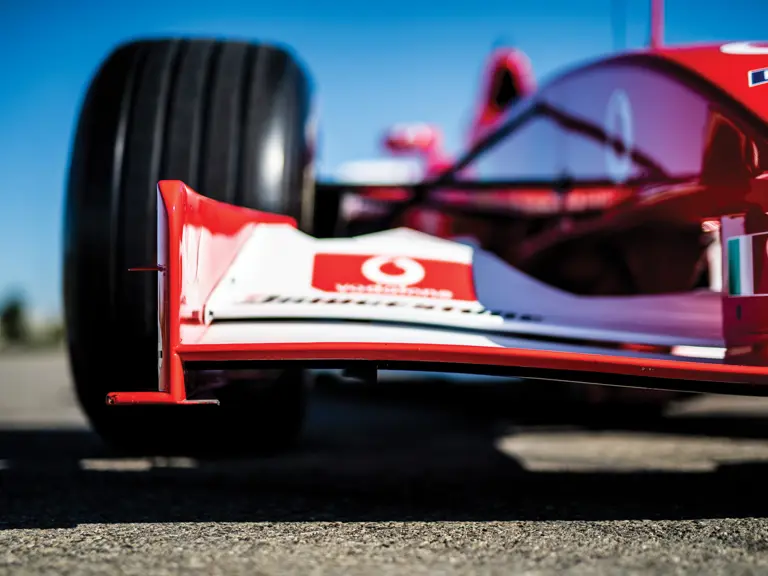

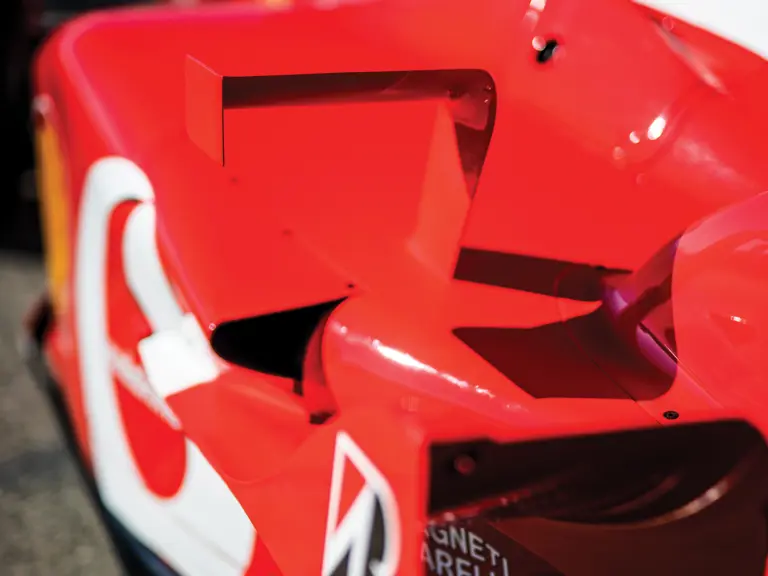
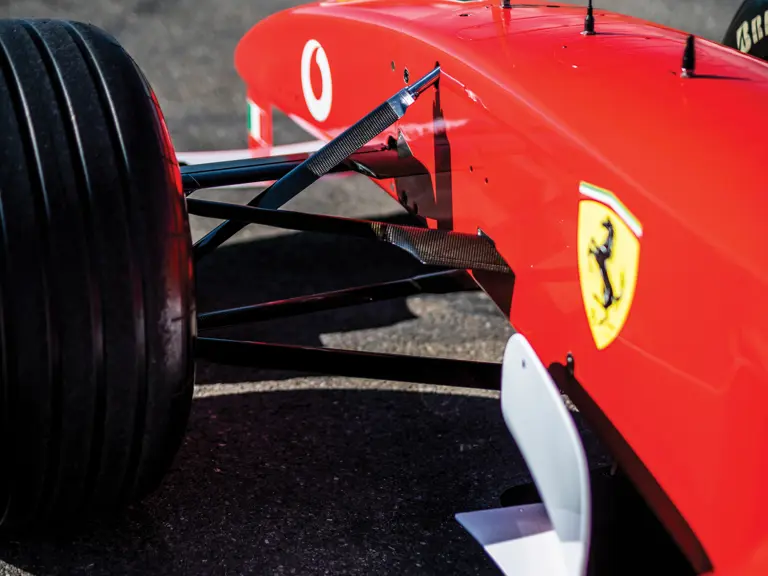
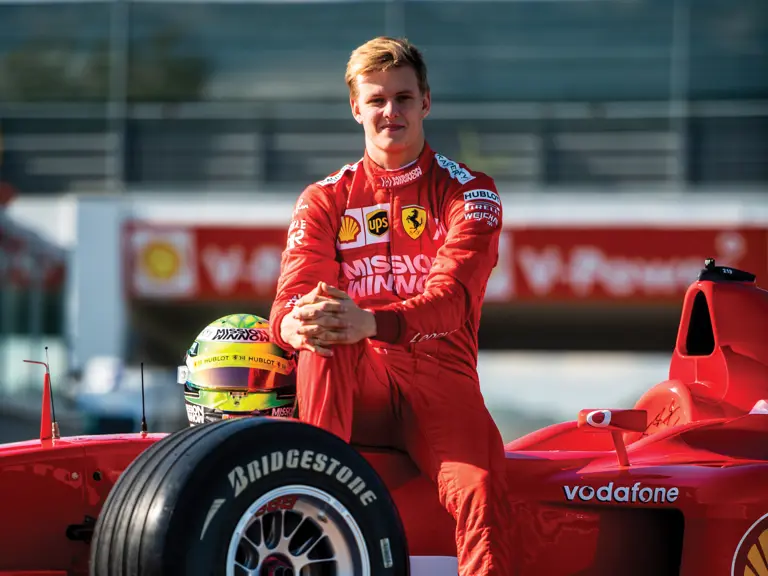

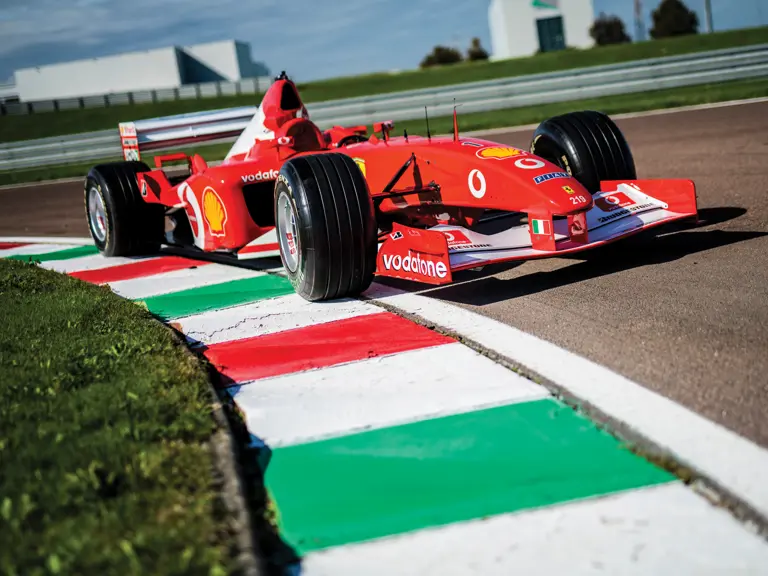



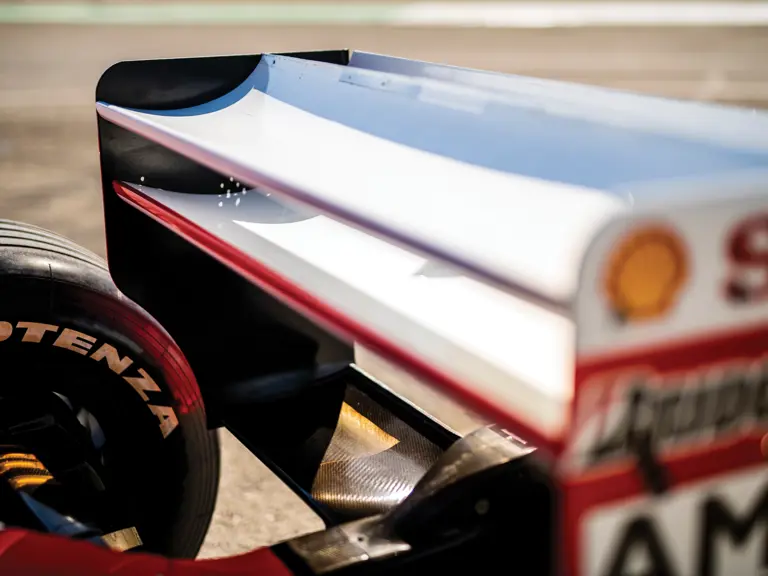
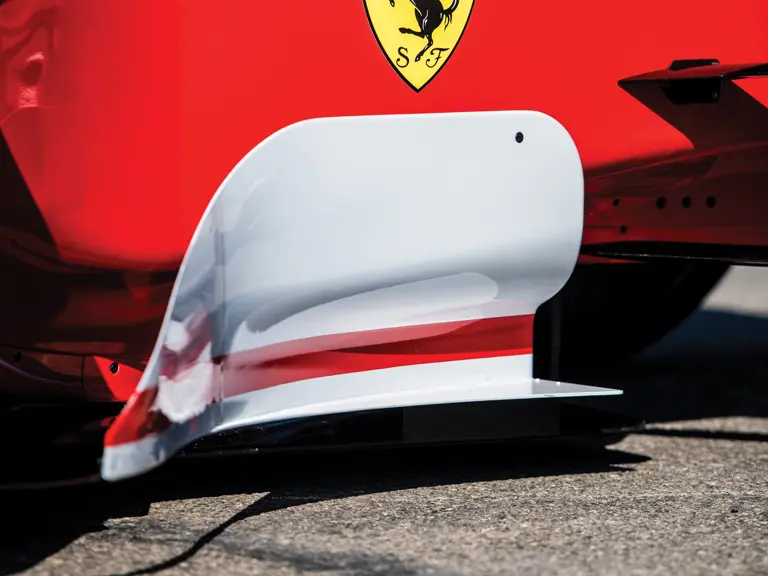
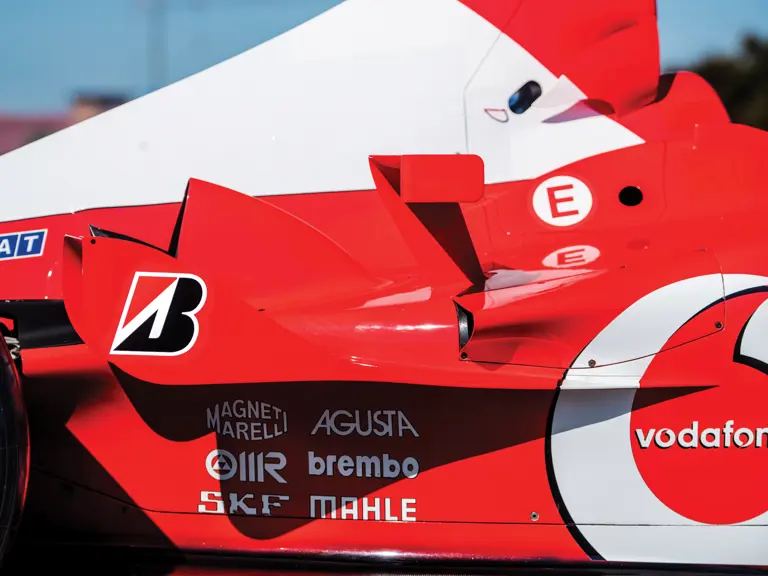

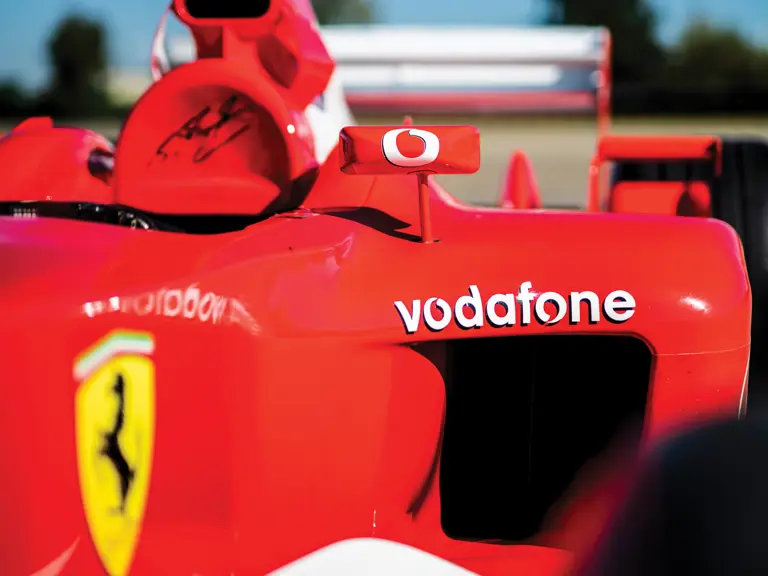
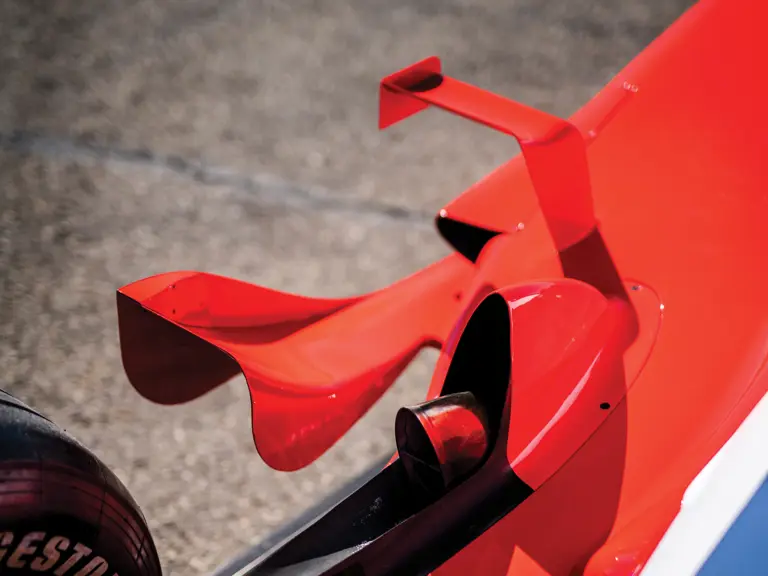
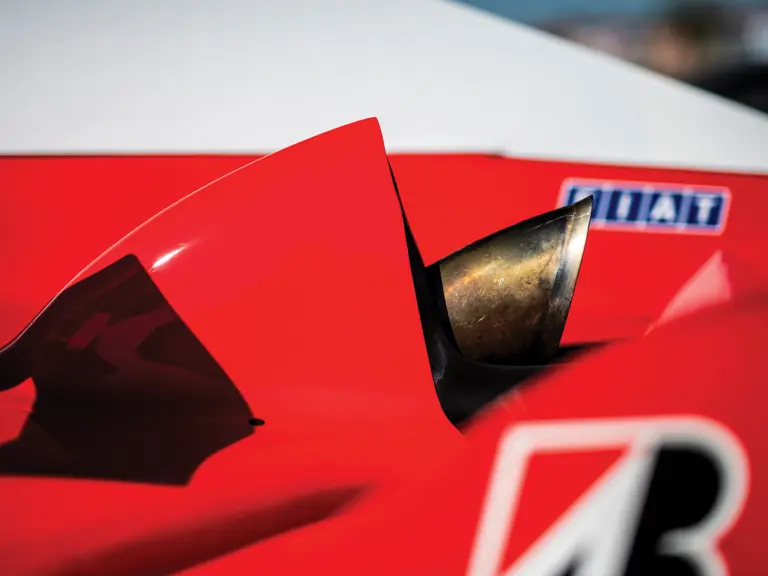
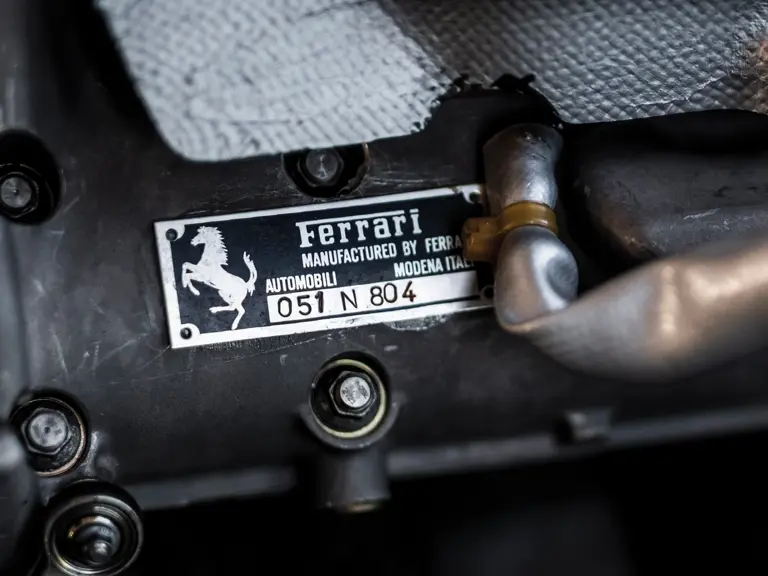
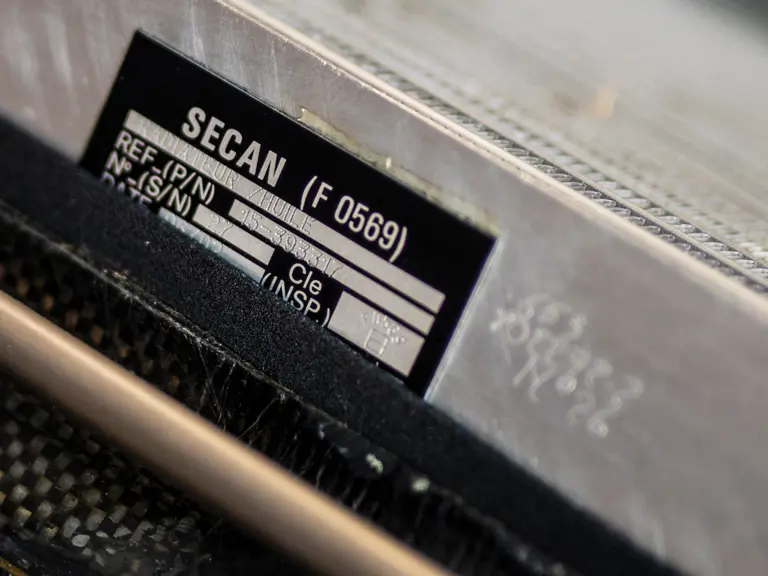
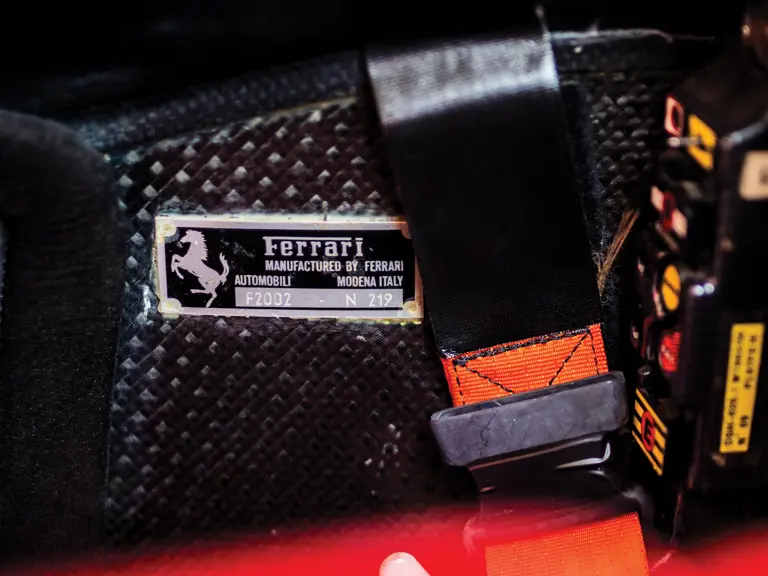
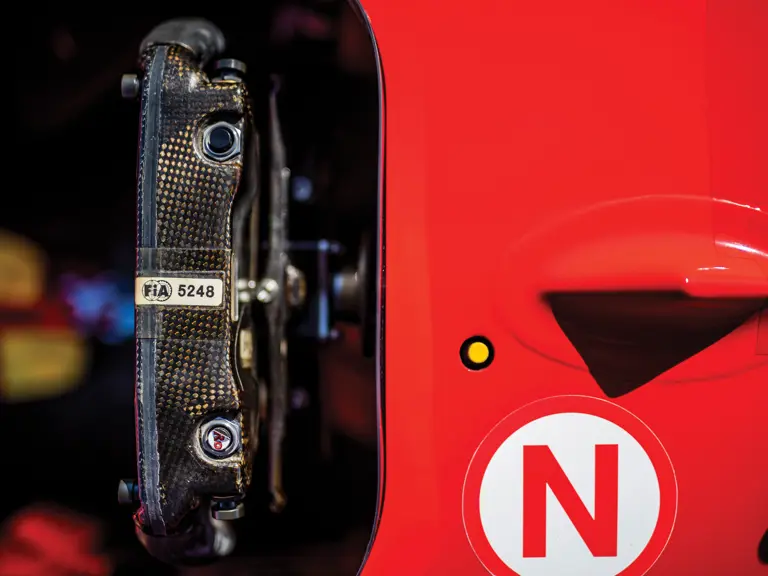
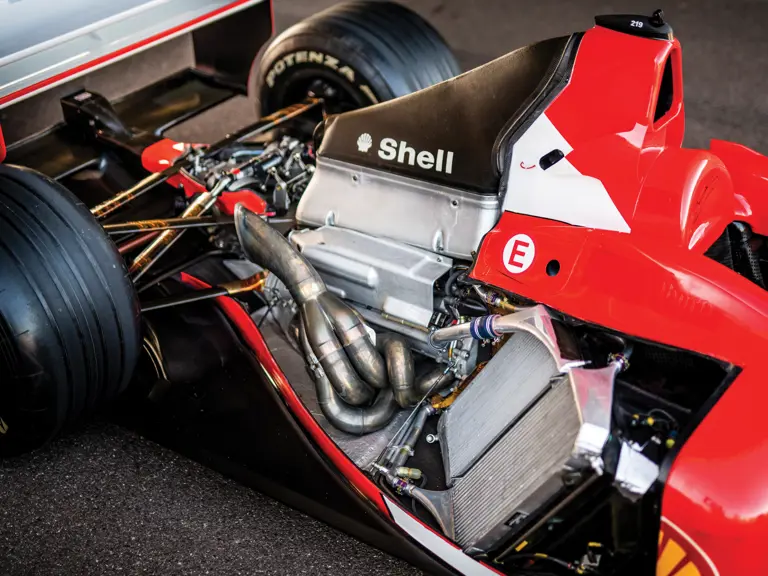
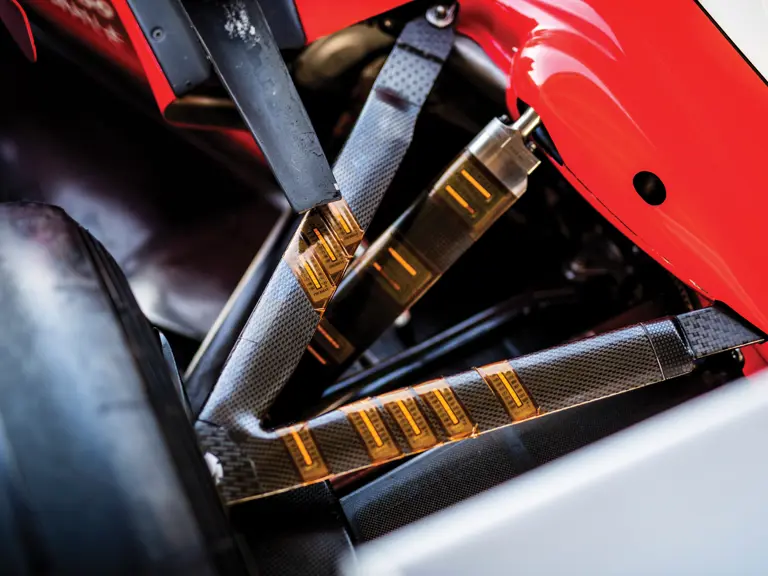
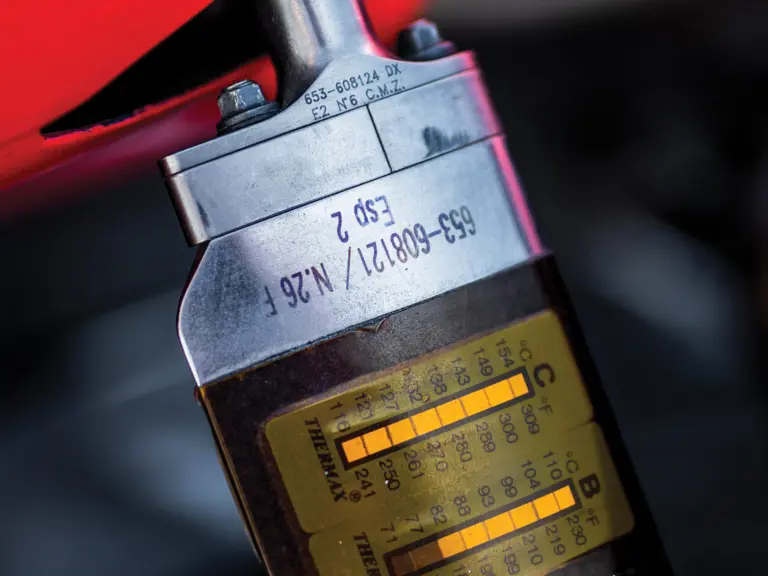
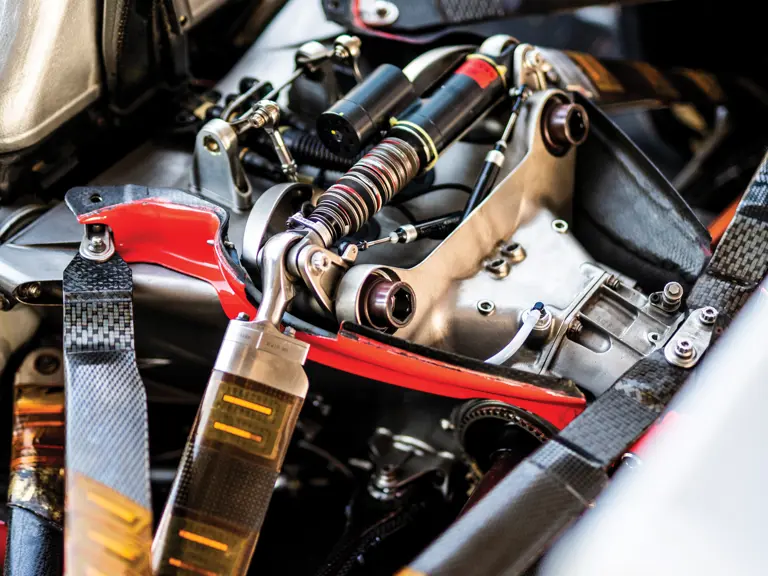

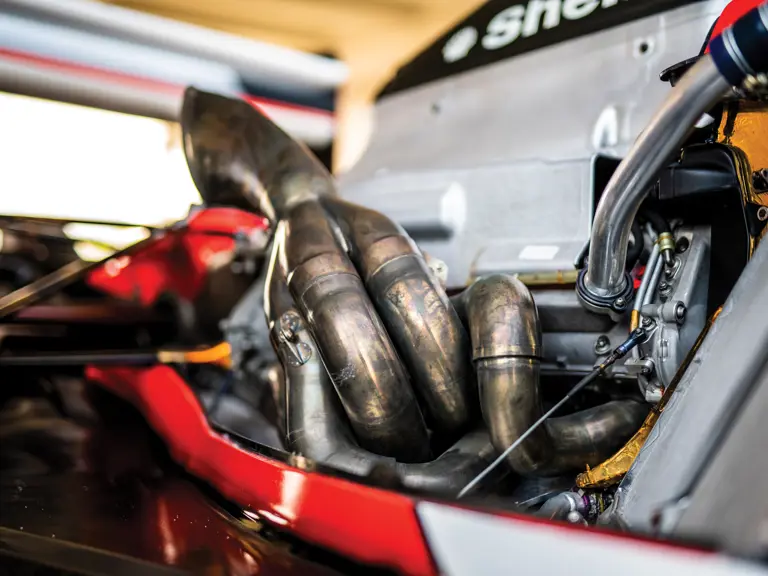
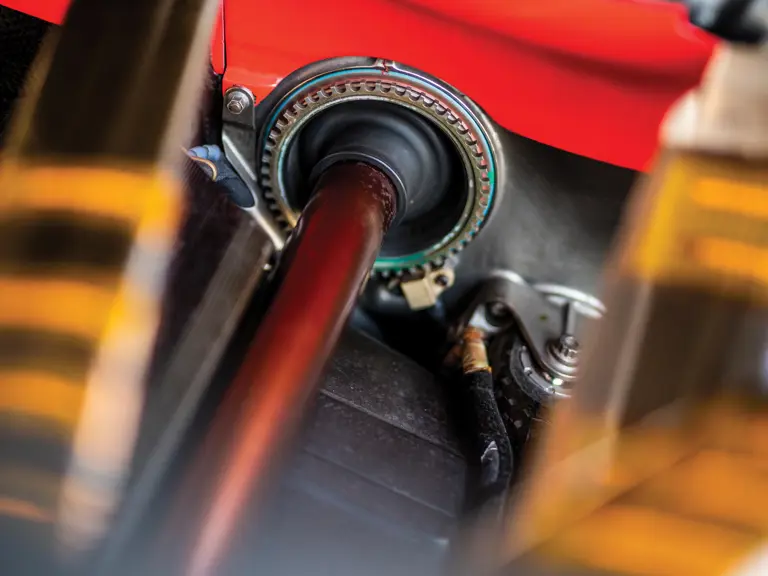
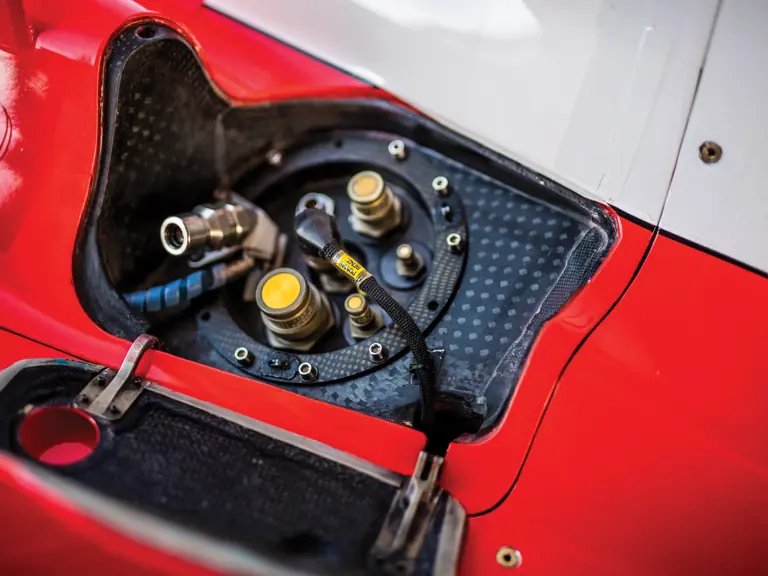
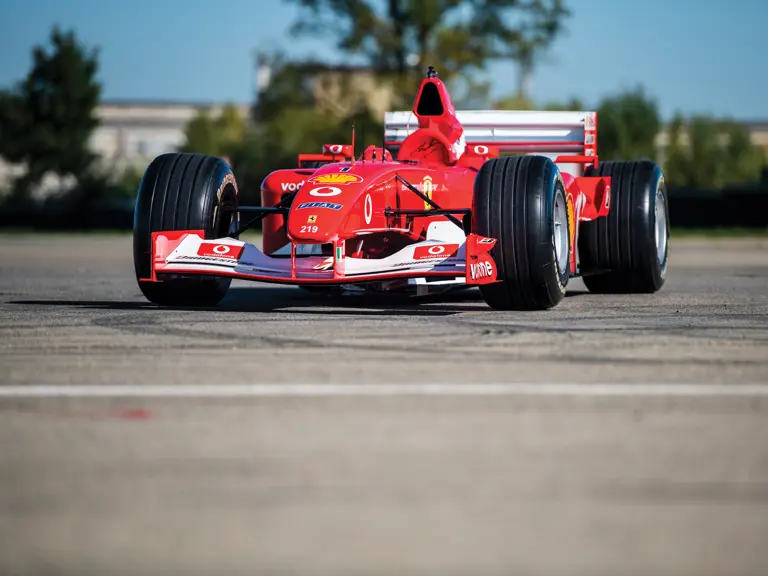
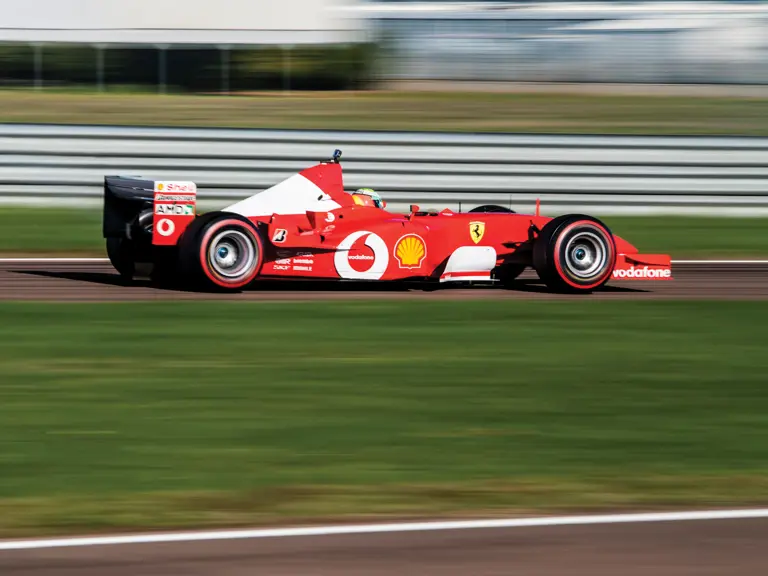
 | Abu Dhabi, United Arab Emirates
| Abu Dhabi, United Arab Emirates

